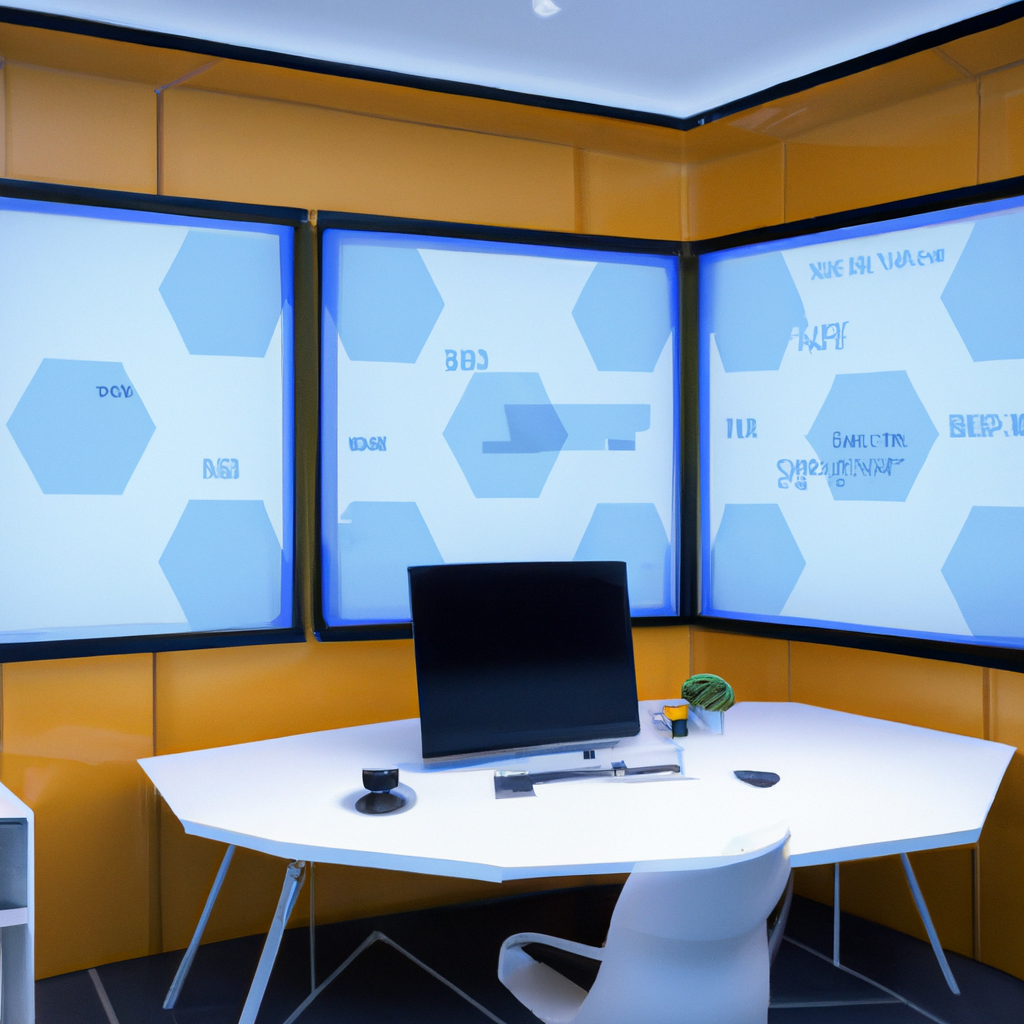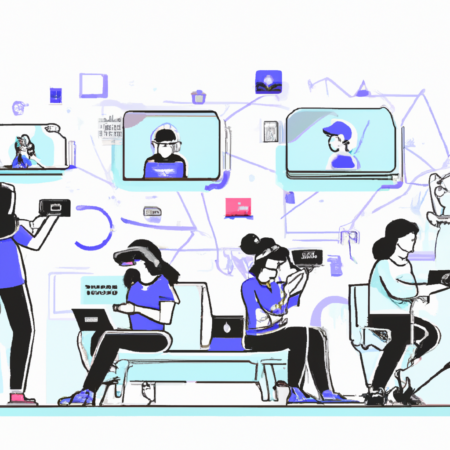Revolutionizing User Experience: The Future of UX Design in 2025
In the rapidly evolving world of tech, understanding the trajectory of UX design is crucial. As we move into the second quarter of 2025, several emerging trends are set to redefine how designers approach user experience. This post explores these key trends and offers insights into how they will shape the future of UX design.
Embracing AI in UX Design
Artificial Intelligence (AI) continues to be a game-changer in UX design. By 2025, AI-driven analytics, predictive UX, and automated design adjustments are expected to become mainstream. These tools not only enhance user satisfaction but also streamline the design process, allowing for more personalized user experiences.
Advanced Personalization Techniques
Gone are the days of one-size-fits-all solutions. In 2025, UX designers are leveraging advanced data analytics to craft highly personalized user experiences. This trend is particularly evident in the way apps and websites remember user preferences and adjust functionalities accordingly, making each interaction uniquely tailored.
Virtual Reality and Augmented Reality
As VR and AR technologies mature, their integration into UX design is becoming more prevalent. These technologies offer immersive experiences that are revolutionizing sectors like education, training, and online shopping. By 2025, UX designers are expected to have a deeper understanding of VR and AR to create engaging and interactive user environments.
Accessibility and Inclusivity
A crucial aspect of UX design in 2025 is the emphasis on accessibility and inclusivity. Designers are now prioritizing solutions that cater to all users, including those with disabilities. This not only broadens market reach but also ensures compliance with global standards and regulations.
Conclusion
The future of UX design is vibrant and full of opportunities. As designers, staying ahead of these trends will be key to creating more engaging, efficient, and inclusive user experiences. Embracing the new tools and technologies will be crucial in shaping the future of UX design in 2025 and beyond.






